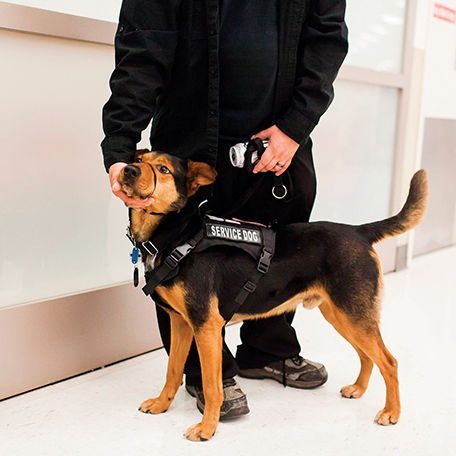Don’t Let a Blood Clot Spoil the Joy of Pregnancy or Childbirth

Don’t Let a Blood Clot Spoil the Joy of Pregnancy or Childbirth
September 5, 2018
(NewsUSA) – One health issue pregnant women should think about is the risk for a dangerous blood clot. Blood clots occur usually in the legs, arms, or lungs. Women are especially at risk for a blood clot during pregnancy, childbirth, and the 3-month period after delivery.
– One health issue pregnant women should think about is the risk for a dangerous blood clot. Blood clots occur usually in the legs, arms, or lungs. Women are especially at risk for a blood clot during pregnancy, childbirth, and the 3-month period after delivery.
During pregnancy, a woman’s blood naturally clots more easily to help her body deal with blood loss during childbirth. A pregnant woman also may be at even higher risk for a blood clot if she:
* has a family or personal history of blood clots or a blood clotting disorder,
* has a C-section, or
* is immobile for long periods of time due to decreased activity, such as being on bed rest.
Signs and Symptoms of a Blood Clot
It’s important to recognize the signs and symptoms of a blood clot. The signs and symptoms of a blood clot in the legs or arms include
* Swelling
* Pain or tenderness not caused by injury
* Skin that is warm to the touch, red, or discolored.
If you have these signs or symptoms, alert your doctor as soon as possible.
A blood clot in your legs or arms can travel to your lungs, which can be life threatening. Signs and symptoms of a blood clot in your lungs include
* Difficulty breathing
* Chest pain that worsens with a deep breath or cough
* Coughing up blood
* Faster than normal or irregular heartbeat.
Seek immediate medical attention if you experience any of these signs or symptoms.
Prevention of a Blood Clot
The Centers for Disease Control and Prevention and the National Blood Clot Alliance share these safe and effective ways to prevent a blood clot:
* Tell your doctor if you or a family member has had a blood clot and discuss all your possible risks.
* Work with your doctor to reduce your risk for a blood clot.
* Exercise as much as your doctor recommends, move around frequently if you sit for long periods of time, and drink plenty of liquids.
* Follow your doctor’s instructions for prevention of a blood clot. Take medicine as prescribed, and use any compression devices your doctor prescribes to help improve blood flow.
If you are expecting a baby or recently gave birth, there are many exciting things to do – from doctor’s visits, catching the first glimpse of your developing baby during an ultrasound, to picking out baby clothes. The list can seem never-ending. Make sure you are able to enjoy all these special moments and plans by making your health a top priority.
For more information, visit www.stoptheclot.org/spreadtheword.












